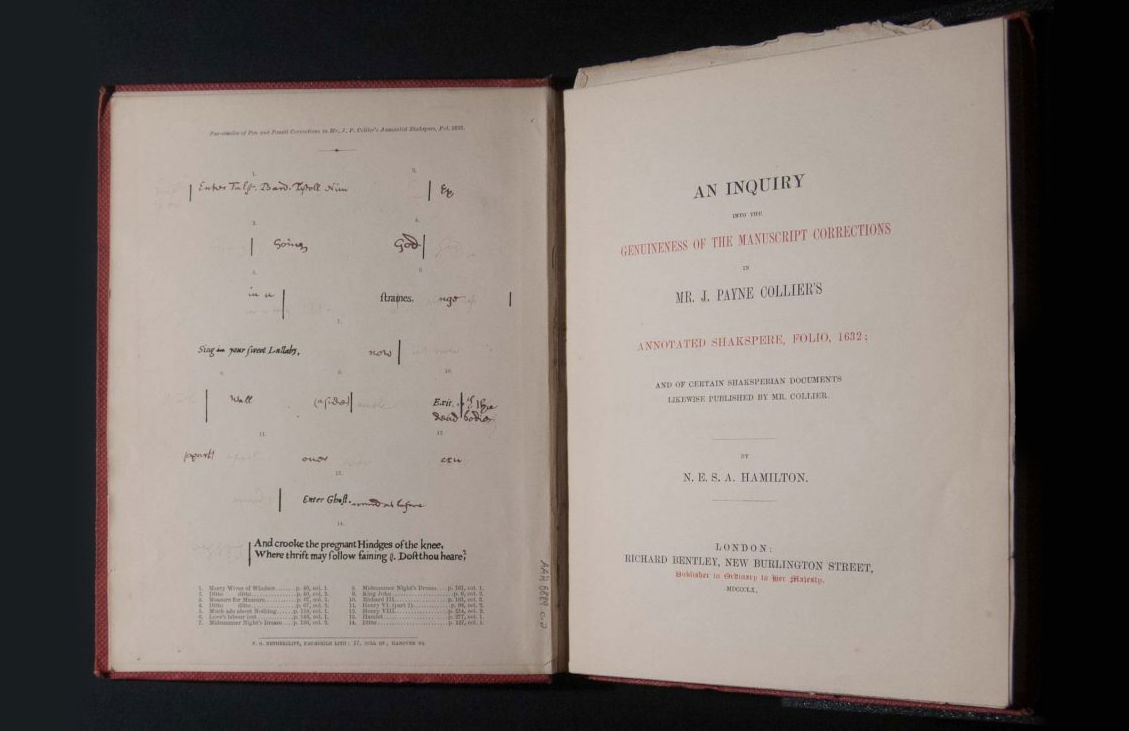Mathew Lyons | Published in History Today
Edited by - Vinuri Randhula Silva
John Payne Collier died on 17 September 1883, after a lifetime of creating deliberate fictions, falsehoods and forgeries.

John Payne Collier: three words sure to chill the heart of any early modern English literary scholar. Why? Because Collier was that most interesting of phenomena: a fine scholar who was also a first-class fraud.
Aside from including deliberate fictions and falsehoods in printed records of archival material, he also introduced forgeries into the archives themselves, faking official documents, adding information to letters and diaries, falsifying registers and inventories and more.
While connoisseurs of Collier’s forgeries can honestly disagree about which has been the most damaging, no one can argue about the extent of these impostures. The so-called Perkins Folio, in which he passed off his own emendations to Shakespeare as the work of a near contemporary, contains over 20,000 corrections. Collier lived a long life and was immensely prolific; his bibliography runs to nearly 300 pages.
To paraphrase Dryden on Ben Jonson, Collier’s footprints are everywhere in the snow of the English Renaissance. (A contemporary, less kindly, called him ‘the great literary slug … What wonder if we shall still be able to trace his slime.’)
With hindsight, it is easy to see how brazen he was. ‘This part of the work will at least have the merit of novelty and originality’, he writes of the 34 ballads of his own invention he presented as Elizabethan survivals in his 1848-49 editions of Extracts from the Registers of the Stationers Company. He could not help editorialising about the quality of his work: ‘The allegory is extremely well sustained, and the ballad must have been written by no inferior hand. It would be vain now to attempt to ascertain the authorship.’
But who is to say Collier hasn’t had the last laugh? His ballads made their way into anthologies of folk song and out into the world. His legacy, because it is so contested, is the subject of much more ongoing scholarship than that of his rivals. The authoritative account of his work as both a critic and forger, published in 2004, runs to 1,483 pages. So many footprints. So much snow.
Comments
Post a Comment